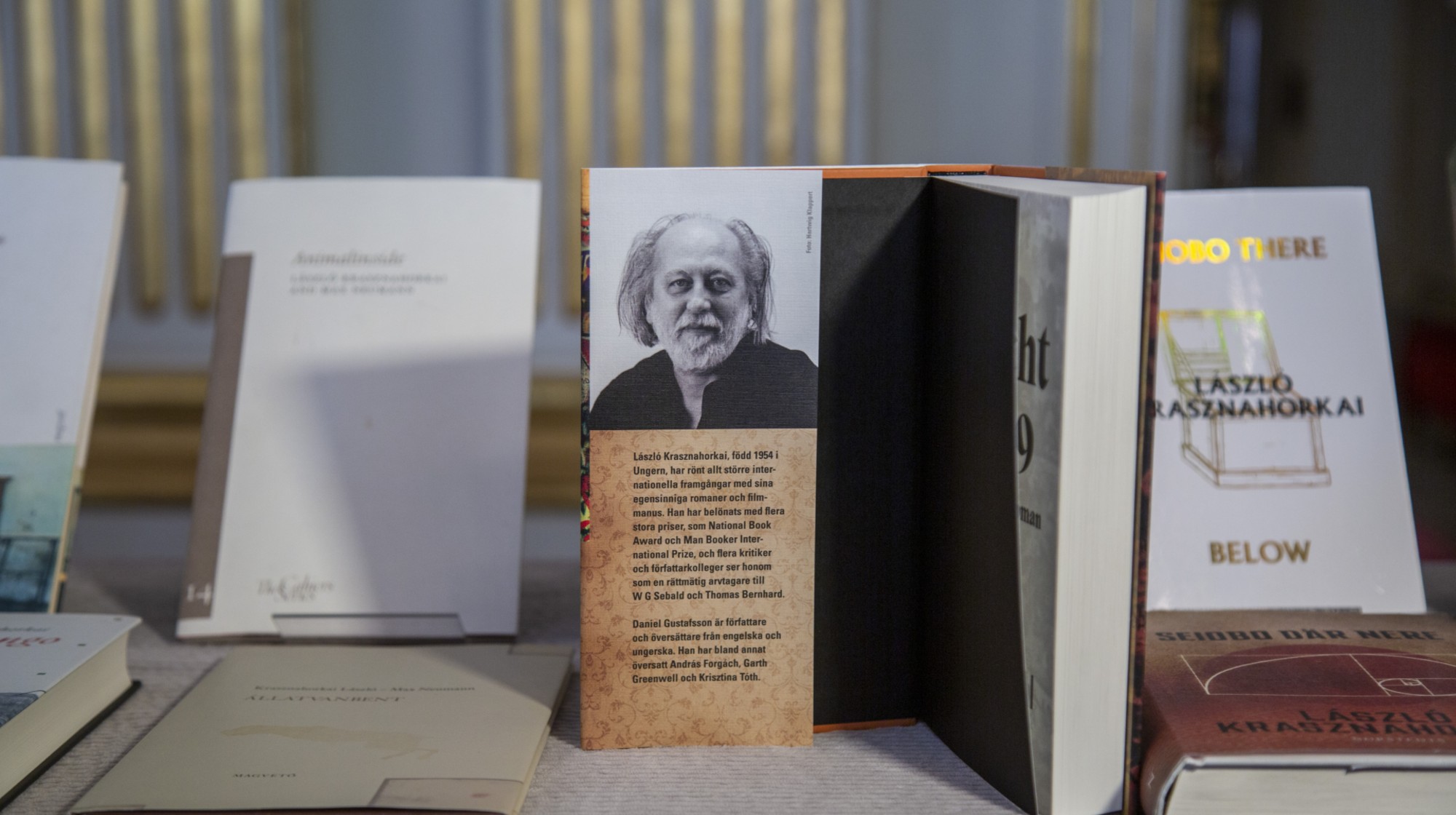Americans lost a year of life expectancy in the 1st half of 2020. Black Americans lost 2.7 years.


Life expectancy in the U.S. dropped by an entire year in the first half of 2020, as the COVID-19 pandemic started ravaging the northeastern part of the country and spreading south, according to preliminary data released Thursday by the Centers for Disease Control and Prevention's National Center for Health Statistics (NCHS). "This is a huge decline," Robert Anderson, who oversees the numbers for the CDC, told The Associated Press. "You have to go back to World War II, the 1940s, to find a decline like this."
The decline in life expectancy means that a baby born in the first half of 2020 can expect to live 77.8 years, down from 78.8 years in 2019. Life expectancy for Black Americans dropped a stunning 2.7 years, to 72 years old, reversing a 27-year gradual closure of the gap between white and Black life expectancy. White Americans saw their life expectancy drop 0.8 years, to 78, and Hispanics experienced a 1.9-year decline, to 79.9 years old.
"What is really quite striking in these numbers is that they only reflect the first half of the year," Dr. Kirsten Bibbins-Domingo at the University of California, San Francisco, told AP. "I would expect that these numbers would only get worse." They will get worse for everyone, but because the deaths in the first half of the year were concentrated in areas with large Black and Latino populations, there will probably be a greater share of white deaths in the full-year numbers, the NCHS's Elizabeth Arias, lead author of the paper, told The Washington Post.
The Week
Escape your echo chamber. Get the facts behind the news, plus analysis from multiple perspectives.

Sign up for The Week's Free Newsletters
From our morning news briefing to a weekly Good News Newsletter, get the best of The Week delivered directly to your inbox.
From our morning news briefing to a weekly Good News Newsletter, get the best of The Week delivered directly to your inbox.

COVID-19 wasn't the only reason for the decrease in life expectancy. With more than 3 million recorded deaths. 2020 was the deadliest year in U.S. history. Included in those statistics are an uptick in fatal strokes and heart attacks and a record number of drug overdose deaths, 81,000 from May 2019 to May 2020. Life expectancy, with few modest exceptions, had risen steadily in the U.S. since the mid-20th century.
A free daily email with the biggest news stories of the day – and the best features from TheWeek.com
Peter has worked as a news and culture writer and editor at The Week since the site's launch in 2008. He covers politics, world affairs, religion and cultural currents. His journalism career began as a copy editor at a financial newswire and has included editorial positions at The New York Times Magazine, Facts on File, and Oregon State University.
-
 ‘Care fractures after birth’
‘Care fractures after birth’instant opinion Opinion, comment and editorials of the day
-
 Shots fired in the US-EU war over digital censorship
Shots fired in the US-EU war over digital censorshipIN THE SPOTLIGHT The Trump administration risks opening a dangerous new front in the battle of real-world consequences for online action
-
 What will the US economy look like in 2026?
What will the US economy look like in 2026?Today’s Big Question Wall Street is bullish, but uncertain
-
 A peek inside Europe’s luxury new sleeper bus
A peek inside Europe’s luxury new sleeper busThe Week Recommends Overnight service with stops across Switzerland and the Netherlands promises a comfortable no-fly adventure
-
 Son arrested over killing of Rob and Michele Reiner
Son arrested over killing of Rob and Michele ReinerSpeed Read Nick, the 32-year-old son of Hollywood director Rob Reiner, has been booked for the murder of his parents
-
 Rob Reiner, wife dead in ‘apparent homicide’
Rob Reiner, wife dead in ‘apparent homicide’speed read The Reiners, found in their Los Angeles home, ‘had injuries consistent with being stabbed’
-
 Hungary’s Krasznahorkai wins Nobel for literature
Hungary’s Krasznahorkai wins Nobel for literatureSpeed Read László Krasznahorkai is the author of acclaimed novels like ‘The Melancholy of Resistance’ and ‘Satantango’
-
 Primatologist Jane Goodall dies at 91
Primatologist Jane Goodall dies at 91Speed Read She rose to fame following her groundbreaking field research with chimpanzees
-
 Florida erases rainbow crosswalk at Pulse nightclub
Florida erases rainbow crosswalk at Pulse nightclubSpeed Read The colorful crosswalk was outside the former LGBTQ nightclub where 49 people were killed in a 2016 shooting
-
 Trump says Smithsonian too focused on slavery's ills
Trump says Smithsonian too focused on slavery's illsSpeed Read The president would prefer the museum to highlight 'success,' 'brightness' and 'the future'
-
 Trump to host Kennedy Honors for Kiss, Stallone
Trump to host Kennedy Honors for Kiss, StalloneSpeed Read Actor Sylvester Stallone and the glam-rock band Kiss were among those named as this year's inductees
